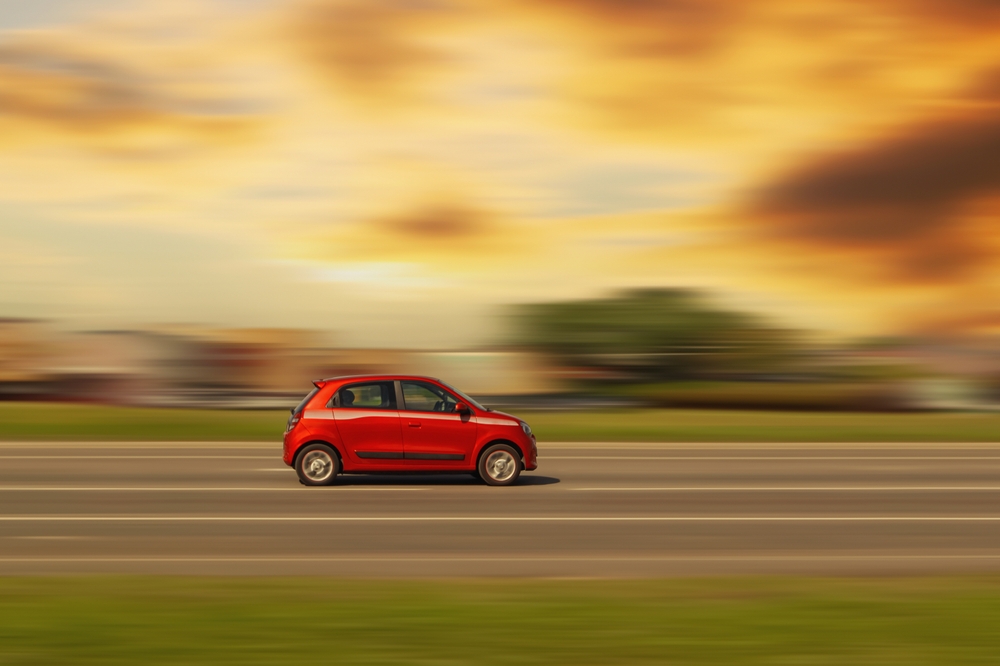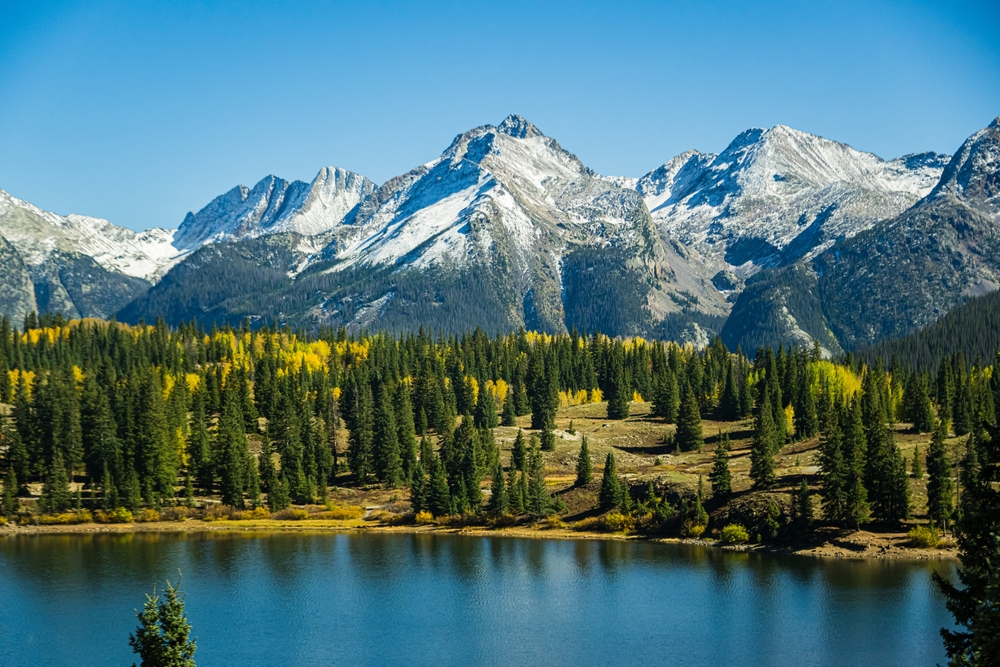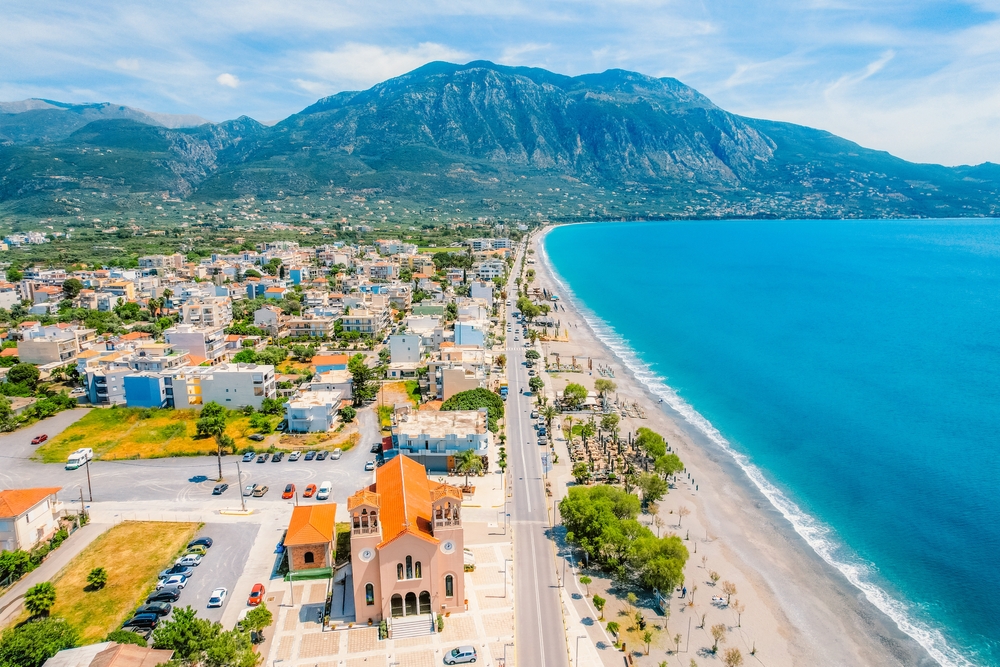Traveling to other parts of the world can be an illuminating experience, don’t you agree? There is so much to see and so much to experience. So, when you have a chance to do it, you shouldn’t hesitate. However, there are a couple of aspects that you need to take into consideration.
Still, the most significant one out of all of them is navigating through the cities and suburbs of a foreign country. Sure, taking a taxi or a bus might look like an obvious option to discuss. Still, we believe that renting a car would be a much better choice for you.
Many hesitate to do it simply because they believe this approach is too costly. In reality, it doesn’t have to be too hefty. Thankfully, there are a couple of ways you can cut down these costs to a reasonable amount. We want to provide you with a couple of ways you can do it, rather simply. Let’s check them out.
1. Book On Time
We don’t know whether you knew about this, but booking a rental vehicle on time can make all the difference. When you think about it, it makes perfect sense that you can get a much cheaper price when you book it before you even arrive in the country. At that time, the demand for these vehicles is high.
Sure, this is a factor that you need to pay attention to at all times. Still, it tends to be much more important during the season, like peak travel periods, or summer holidays. While that doesn’t mean you can get any sort of vehicle you want, it is helpful, because this is a much cheaper option.
Thankfully, there are many websites where you can take a look at some really good deals. Sometimes, this sort of research can become quite durable. Still, we believe that this is the simplest way to get a significant discount on renting a car in a foreign country.
2. Look for Best Deals
We do not know whether you are aware of the fact that many touristic agencies can provide some great deals. Of course, some of them even include getting a free rental car. While this may sound strange for you, there are many options out there to choose from. It is worth taking a look through these deals.
One possibility is that the hotel where you stay can provide a rental car for free. Not to mention that the combination of these services can reduce the overall costs even more. That’s why we believe that paying attention to all the possible discounts is a must. There’s always an option for a good deal.
3. Avoid Airport
In most cases, you will arrive in a new country through the airport. We all know how costly airports are. For that reason, many people try to spend as little money as possible. So, there’s absolutely no reason why it shouldn’t be any different from renting a vehicle. In fact, it tends to be quite costly.
Instead, try to take a bus to the town. When you arrive at the nearest city, this is the moment for you to look for a company. Depending on the country, you can save as much as up $100 per deal. Without any doubt, this is a significant drop in cost. So, avoid airports when looking for a rental car, at all costs.
4. Avoid Unnecessary Costs
One of the biggest disappointments is finding out about some additional costs after you conclude the deal. That’s why you should always take a look at something that you’re about to sign. The same can be said about the paperwork that you need to sign when someone rents a vehicle.
Those who rent vehicles all the time know just how many of these additional costs, clauses, or fees. Not only that, some of them are not mandatory. In fact, you can easily opt not to get them, and when you think about it, you do not need them.
We are talking about airport surcharge, early return, empty gas tank change, credit card surcharge, etc. All of these can be avoided quite easily, just if you pay attention to them. Plus, it is possible to not select them when you’re about to sign the paperwork. That’s why you should pay attention to these.
5. Save on Fuel
We know, many people tend to be a little bit reckless when they rent a car in a country that has lax road rules. Sure, the vehicle is not yours to take care of, but that doesn’t mean that we should be off the hook. We are not just talking about responsibility. It is possible to cut down the costs that way.
It needs to be said that those who drive aggressively usually pay more money on fuel. According to many studies, aggressive driving increases the cost by up to 35%, which is quite high. Because of that, it is important to be careful on the road as much as possible.
Naturally, it all depends on the gas costs in that particular country. Still, paying attention to this aspect is a big help. For those who are interested in spending a lot of their time on the road, this is a significant cost reduction. You can be sure of that.
The Bottom Line
Saving as much money as possible is something you should always strive for. In this article of ours, we’ve presented how you can do that in the case of renting a vehicle in a foreign country. We are sure that all of them will be equally helpful in all the situations of this sort you will encounter.



